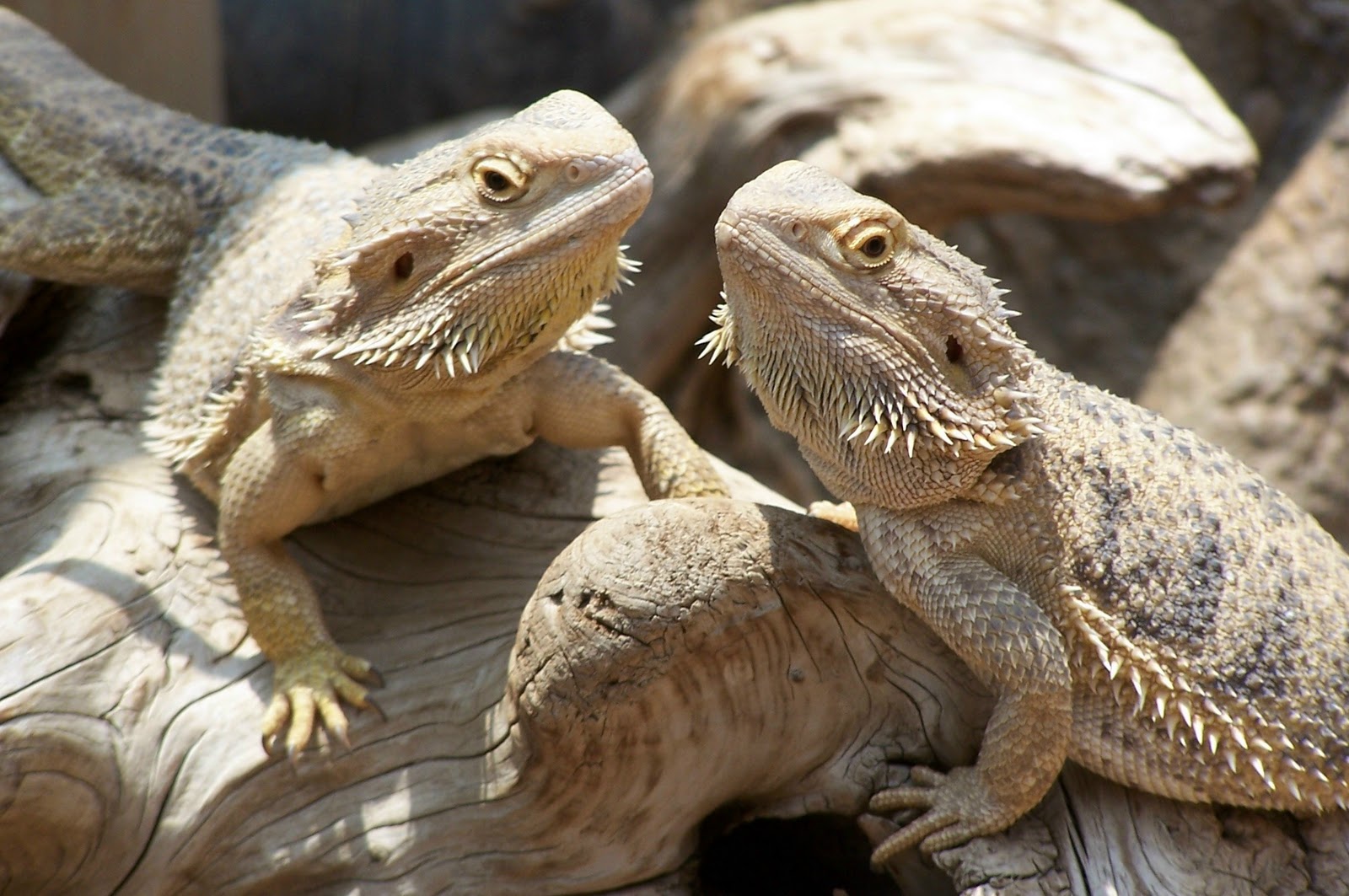All About Bearded Dragon Neck: Anatomy, Health Issues and Care
Introduction
Bearded dragons are one of the most popular reptile pets around the world. They are known for their docile nature, and loveable personalities. One of the most notable and eye-catching features of a Bearded dragon is their neck, which is adorned with spiny scales resembling a beard.
In this blog post, we’ll be talking about the Bearded dragon neck – their anatomy, health issues and care. This article is perfect for beginner owners who have little knowledge about taking care of this precious reptile pet.
Anatomy of Bearded Dragon Neck
Before we dive into the health and care aspects of the Bearded dragon neck, let’s take a closer look at the anatomy of this fascinating feature.

Bearded dragons have a wide and short neck, which is covered with spiny scales. These scales, called “beard”, help them to regulate their body temperature and communicate with other Bearded dragons. Additionally, they have a dewlap, a loose fold of skin under their chin, which is also covered in scales. The male Bearded dragon has a larger dewlap, which he displays during courtship rituals.
Health Issues Related to Bearded Dragon Neck
While the Bearded dragon neck is a stunning sight to look at, it’s also prone to several health issues that owners must be aware of.
Impaction
Impaction is a condition in which the Bearded dragon’s intestinal tract is blocked due to the ingestion of foreign objects. Owners must be careful not to leave any loose substrate in their enclosure or feed them inappropriate food, which can lead to impaction. The neck region is particularly prone to impaction since Bearded dragons can accidentally ingest the spiny scales while feeding.

Mouth Rot
Mouth rot, also known as infectious stomatitis, is a bacterial infection that affects the oral cavity of the Bearded dragon. It causes the mucous membrane lining of the mouth to inflame and may lead to the development of abscesses. When the Bearded dragon is suffering from mouth rot, they may find it difficult to eat, leading to weight loss.

Brumation
Brumation is a state of hibernation that Bearded dragons enter during the winter months. During this period, their body slows down, and they become less active. Sometimes, they may also shed their scales, including the ones on their neck region. Owners should not be alarmed when this happens; it’s a natural process that they go through to renew their skin.
How to Take Care of Bearded Dragon Neck
Now that you know the anatomy and health issues related to the Bearded dragon neck, let’s talk about how to take care of it. Here are some tips that you can follow to ensure that your Bearded dragon stays healthy and happy:
Proper Diet
Feeding your Bearded dragon a healthy diet is crucial to maintaining their overall health. Proper nutrition can also help prevent impaction. Owners should avoid feeding their Bearded dragons food that is high in oxalates or phosphorus, such as spinach, kale, or rhubarb, as they can lead to calcium deficiency and metabolic bone disease. Instead, they should feed them a diet consisting of 80% insects, such as crickets and mealworms, and 20% vegetables.

Hydration
Bearded dragons need access to clean and fresh water at all times. Owners should also provide a shallow water dish that is big enough for the Bearded dragon to soak in if they feel dehydrated. Dehydration can lead to health issues, such as impaction or constipation.
Clean Enclosure
The enclosure of the Bearded dragon should be cleaned regularly to prevent any bacterial or fungal growth. The cleaning process should include removal of substrate, wiping down of surfaces and furnishing, and disinfecting with a reptile-safe solution. Unclean enclosures can lead to health issues, including mouth rot or skin infections.

Regular Health Check-Up
Owners should take their Bearded dragon to the vet for a regular health check-up, which should include a thorough examination of their neck region. Early detection and treatment of health issues can save the life of their beloved pet.

Conclusion
The Bearded dragon neck is an essential and distinctive feature that makes them unique from other reptile pets. It’s also prone to several health issues that owners must be aware of. By following the care tips outlined in this article, you can ensure that your Bearded dragon remains healthy and happy, and the neck remains the striking feature that it is. Remember, regular health check-ups are crucial for the well-being of your pet.
